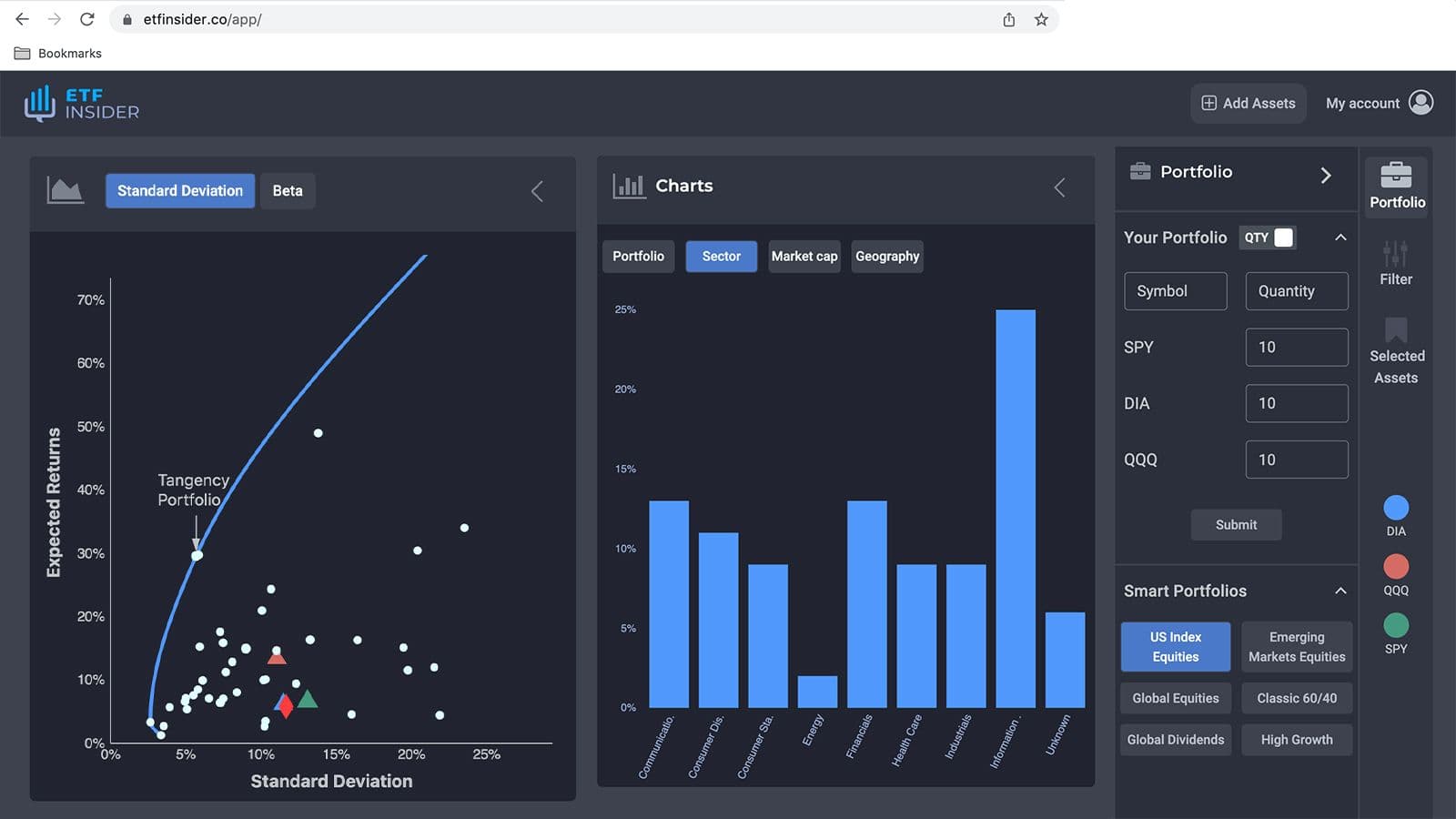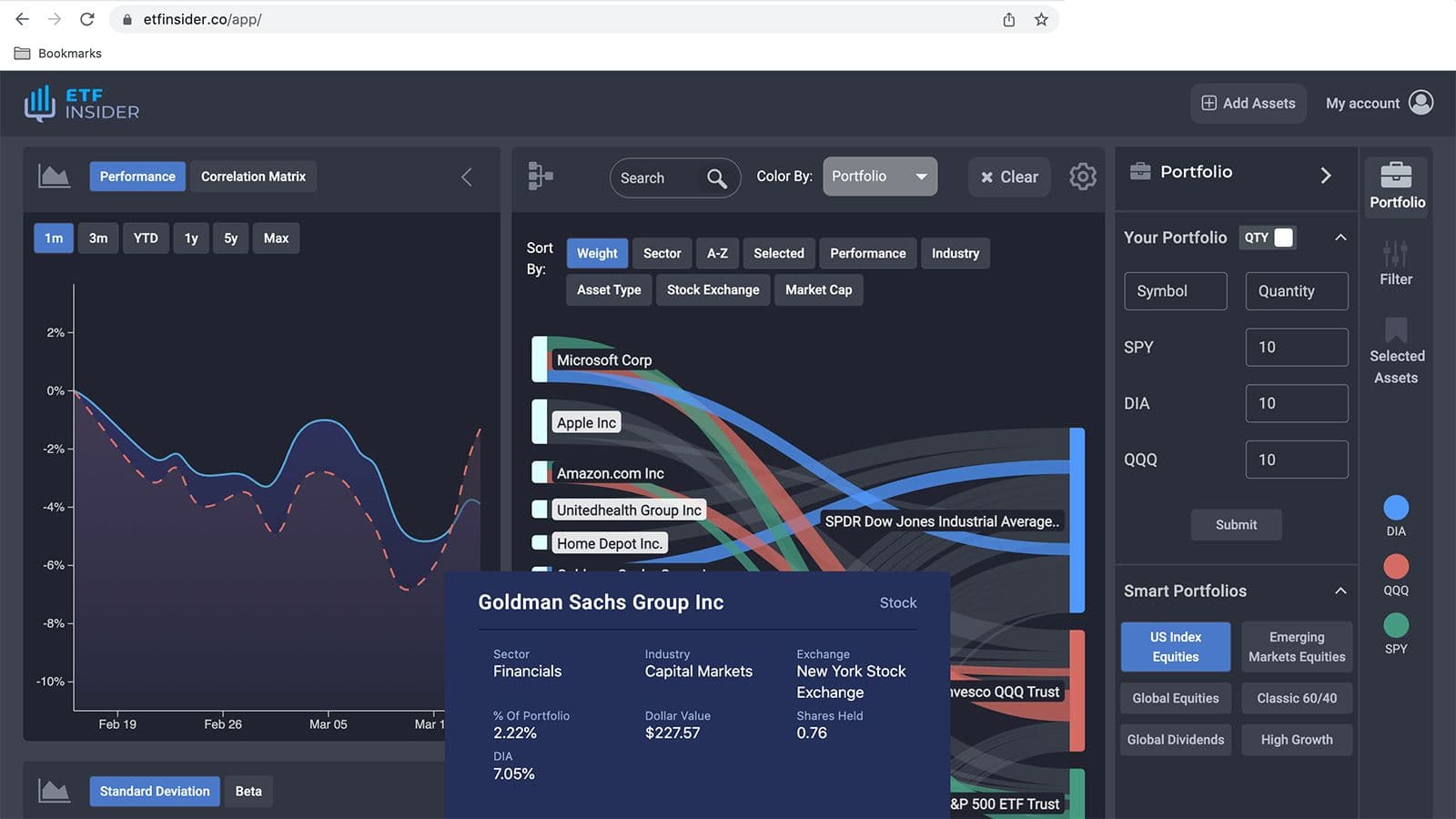
Automated/Algorithmic Trading is not as Good
There is no denying that automated or algorithm "algo" trading has become increasingly popular in recent years, with many traders and investors turning to these "sophisticated" trading tools to help them make better buying and selling decisions.
Nevertheless, while these tools may seem like a "cure-all" for investors —after all, many of these tools claim to help solve some of the most pressing human judgment errors when it comes to investing — there are several reasons why automated trading may not be as good as you think, especially if you have a long-term investing perspective.
Here are five key reasons why you should be more prudent about relying on automated trading tools:
1. Geared Towards Short-term Trading
First of all, while automated trading tools may seem attractive (and highly sought after) for traders looking to take advantage of short-term opportunities, they can be inflexible and unsuitable for long-term investing. This is because algo trading tools are generally based on Technical Analysis and historical data and massively struggle during periods of economic uncertainty and downturns. As such, relying too heavily on automated trading tools can lead to missed opportunities, unnecessary losses, and inefficient buying/selling decisions for long term investors.
2. Quantitative Focused
Second, these tools are designed to make decisions based on quantitative data input, such as past performance, technical indicators, and key numerical levels. However, successful long-term investing also requires a great deal of qualitative understanding of the companies and industries being invested in. Hence, qualitative aspects such as management quality, industry trends, competitive advantage, and regulatory environment are often not taken into account.
3. Provides a False Sense of Security
Thirdly, these tools may give investors a false sense of security by lessening the amount of time and effort required to monitor and adjust your investments. Yet, it is crucial for long-term investors to actively manage their portfolios and keep abreast of changes in the market and economic conditions. Thus, relying too heavily on automated trading tools without regularly reviewing and modifying one's investment strategy can lead to suboptimal long-term results. Remember, no tool is a substitute for doing your due diligence.
4. Inherent Flaw of Automation
Fourthly, these tools can be prone to over-optimization, where the algorithms are calibrated to work well only in specific market conditions or with certain asset classes. This is because you would need to input specific data points that the algorithm will follow. However, this can lead to significant underperformance during the inevitable periods of market turbulence or changing economic conditions. At the end of the day, these tools are only as good as the data that were input into them.
5. Narrow-visioned
Lastly, and tying the above four points, these tools — at least in their current form — are unable to view things in the big picture. At the moment, they cannot integrate your long-term investment goals, provide a holistic view of the market and macroeconomic events, and of course, tailor an investment decision based on the investor's unique financial situation and risk tolerance.
 Analysis of a portfolio (ETF Insider web-app)
Analysis of a portfolio (ETF Insider web-app)
Conclusion
In a nutshell, automated or algo tools may be great for short-term trading strategies, but they are generally not optimal for long-term investing. Remember that long-term investing requires a more comprehensive approach that includes both quantitative and qualitative analysis, active portfolio management, and a diversified investment (stocks, ETFs, bonds) that is aligned with the investor's risk tolerance and long-term goals.
Fortunately, there are now advanced data visualization tools, such as ETF Insider, that help bridge the gap between complete automation and active investment management. Unlike before, you can now have a quick yet comprehensive glance at your portfolio holdings, the composition of your investment funds ,and accurately adjust your investment holdings to best reflect your long-term investment goals without compromising the freedom and flexibility of managing your own portfolio.
Get started